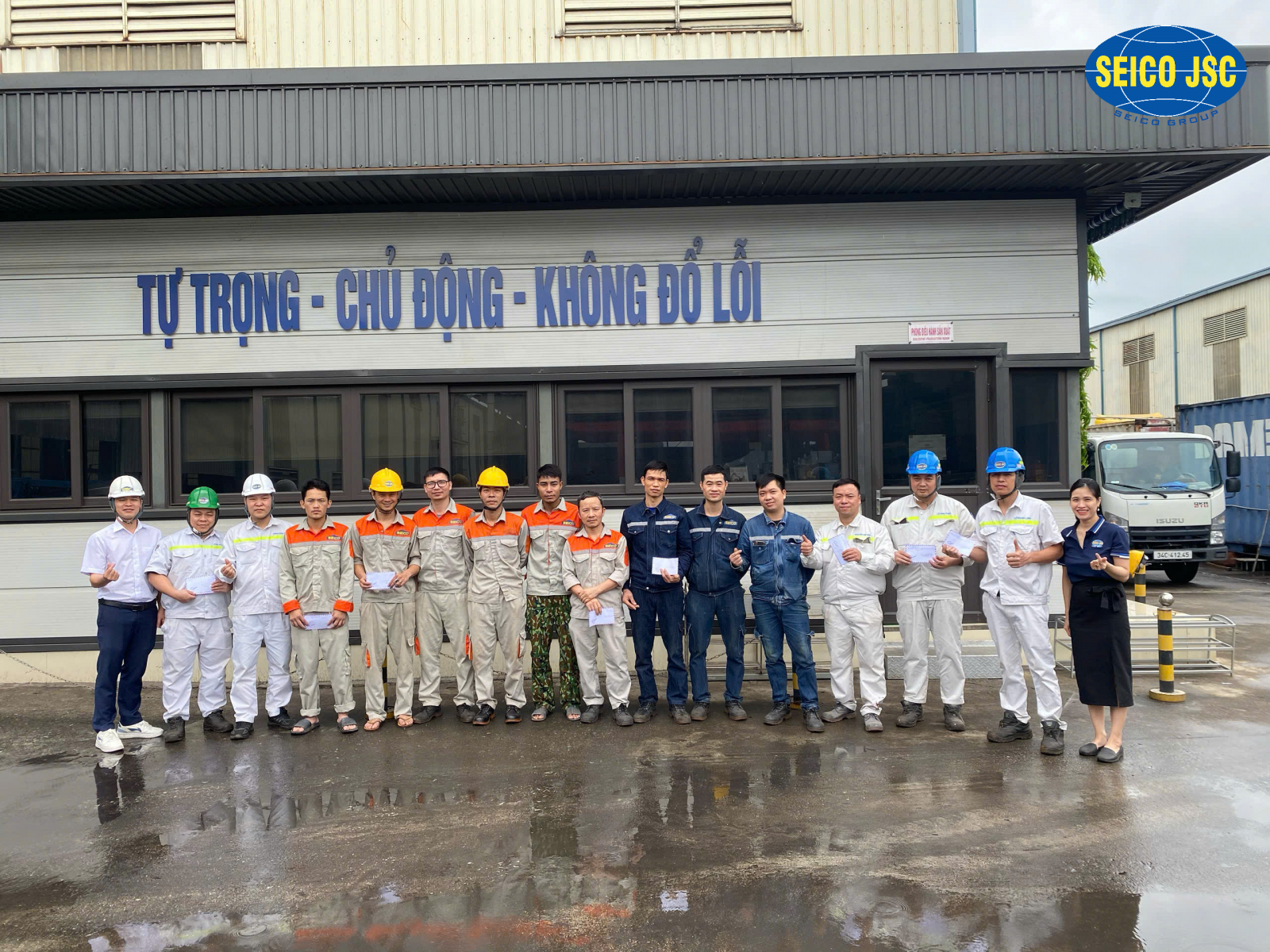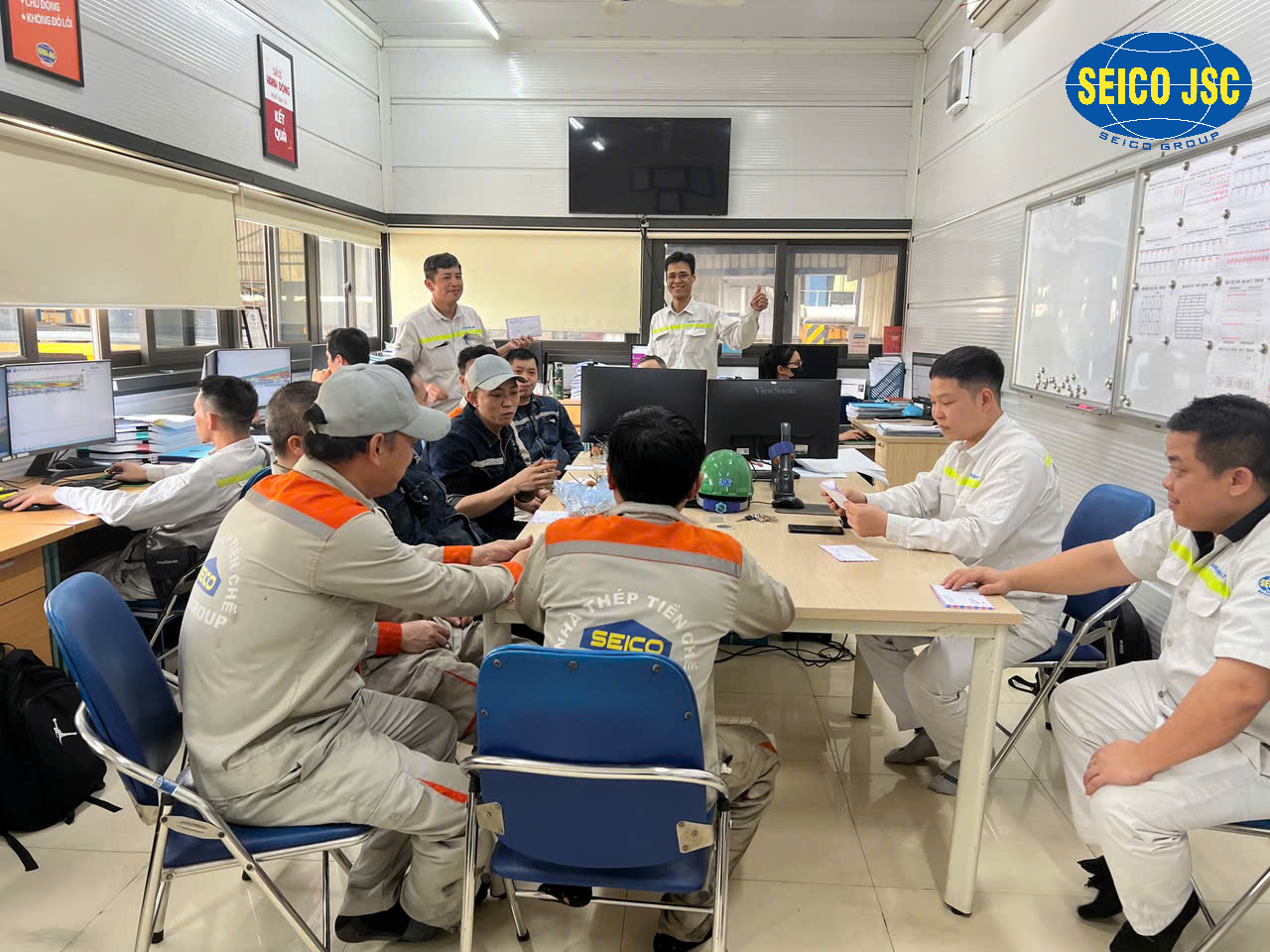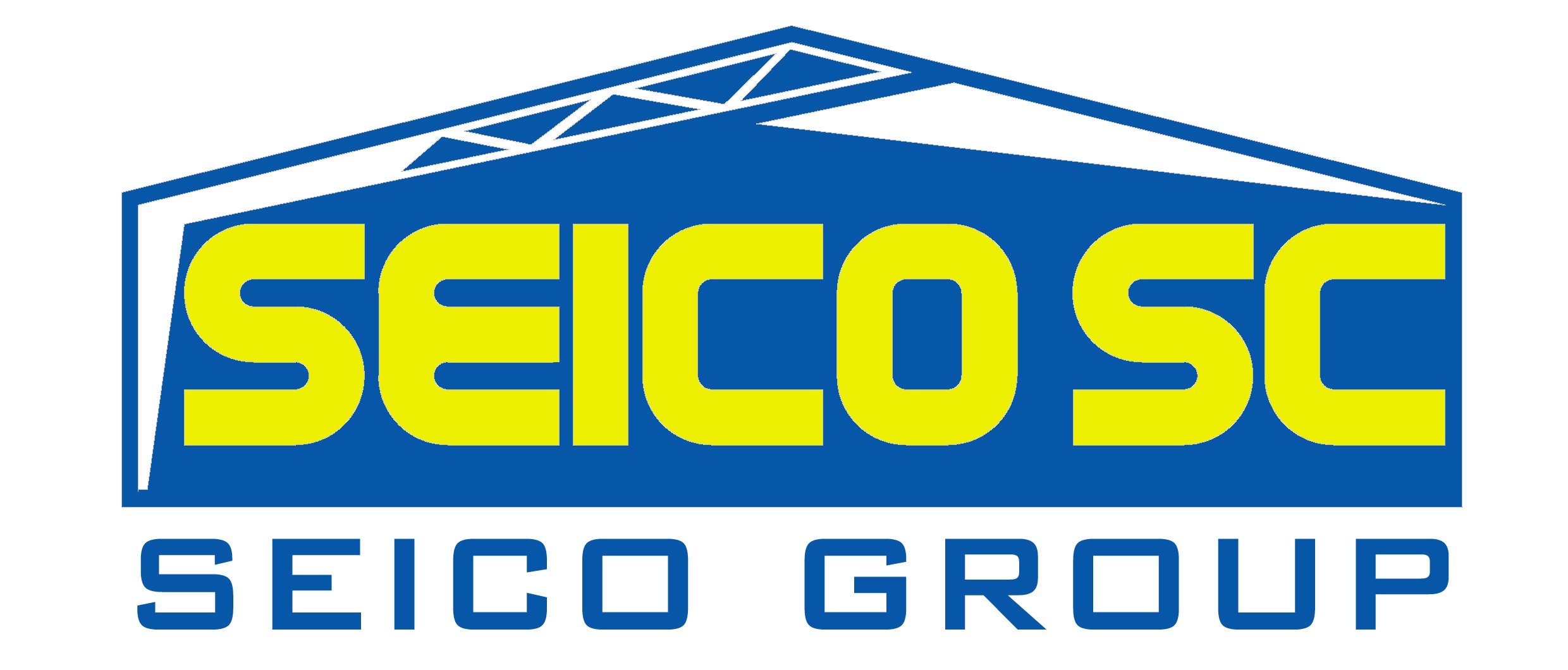Dự án Phương Đông – Vân Đồn là minh chứng tiêu biểu cho năng lực tổng thể của SEICO trong việc triển khai các công trình kết cấu thép phi tiêu chuẩn. Đây không chỉ là một công trình lớn, mà còn mang tính đặc thù khi tọa lạc tại khu vực ven biển – nơi điều kiện thời tiết khắc nghiệt, gió lớn và độ mặn cao luôn là thử thách lớn cho mọi đơn vị thi công.
“May đo” từng khối kết cấu – Chinh phục kỹ thuật cao
Với đặc thù thiết kế phi tiêu chuẩn, kết cấu “may đo” cho từng hạng mục đòi hỏi sự chính xác, tinh chỉnh kỹ thuật đến từng chi tiết nhỏ. Đội ngũ SEICO đã xử lý bài toán kỹ thuật phức tạp ngay từ khâu thiết kế. Từ mô hình Tekla, các bản vẽ shop chi tiết được xuất trực tiếp, đảm bảo độ chính xác cao, giảm thiểu sai sót khi thi công ngoài hiện trường.
Từng cấu kiện được tính toán kỹ lưỡng để tối ưu hóa khả năng chịu lực, đồng thời đảm bảo thi công an toàn và hiệu quả trong môi trường gió mạnh, độ ẩm cao đặc trưng vùng biển.
“May đo” từng khối kết cấu – Chinh phục kỹ thuật cao
Chủ động biện pháp – Làm chủ lắp dựng
Một trong những thách thức lớn của dự án là việc vận chuyển và cẩu lắp các cấu kiện vượt khổ. SEICO đã chủ động xây dựng biện pháp thi công tối ưu với các giải pháp đồng bộ:
- Sử dụng cẩu chuyên dụng từ 50–100 tấn kết hợp xe nâng người
- Lập phương án tuyến cẩu, xác định vùng hoạt động & điểm neo giữ chi tiết
- Tối ưu hóa thao tác thi công tại hiện trường, vừa đảm bảo an toàn – vừa tiết kiệm thời gian và chi phí
Sử dụng cẩu chuyên dụng từ 50–100 tấn
Kỹ thuật kiểm tra nghiêm ngặt – Chất lượng đảm bảo tuyệt đối
Không dừng lại ở việc thiết kế và thi công, SEICO còn chủ động thuê đơn vị kiểm định độc lập tiến hành kiểm tra chất lượng cấu kiện ngay tại chỗ. Mọi thông số kỹ thuật, từ kích thước đến độ phẳng bề mặt, đều được rà soát nghiêm ngặt để đảm bảo công trình đạt độ chính xác và an toàn cao nhất.
SEICO thuê đơn vị kiểm định độc lập tiến hành kiểm tra kích thước và chất lượng bề mặt ngay tại chỗ
SEICO JSC – Đối tác tin cậy cho các công trình
Với năng lực thiết kế – sản xuất – thi công kết cấu thép, cùng kinh nghiệm dày dặn trong các dự án đặc thù, SEICO cam kết mang đến giải pháp kết cấu chất lượng – an toàn – tối ưu cho mọi công trình.
💎 SEICO STEEL
🌐 Website: http://seico.vn
📞 WhatsApp: (+84) 946 752 866
✉️ Email: hnsales@seico.vn
🌐 YouTube: www.youtube.com/@SEICOJSC
🌐 LinkedIn: SEICO JSC trên LinkedIn
The Phuong Dong – Van Don Project stands as a prime example of SEICO’s comprehensive capabilities in executing non-standard steel structure projects. This is not just a large-scale development—it is also uniquely challenging due to its coastal location, where harsh weather, strong winds, and high salinity create tough conditions for any contractor.
Tailor-Made Steel Structures – Tackling Complex Engineering
With its non-standard design, each structural component is custom-engineered with meticulous precision. SEICO addressed the project's technical complexities right from the design phase. Using Tekla Structures 3D modeling software, the team generated highly accurate shop drawings directly from the model, significantly reducing errors during onsite construction.
Every element was thoroughly calculated to optimize structural strength while ensuring safety and efficiency under the harsh coastal environment—with strong winds and high humidity.
Tailor-Made Steel Structures – Tackling Complex Engineering
Proactive Planning – Seamless Execution
One of the project's major challenges was the transportation and erection of oversized structural members. SEICO proactively developed an optimized erection plan using a synchronized set of solutions:
- Deployment of specialized cranes (50–100 tons) in combination with boom lifts
- Careful planning of crane paths, working zones, and anchoring points
- Onsite operation streamlined for safety, accuracy, and cost-effectiveness
Using specialized cranes (50–100 tons)
Strict Quality Control – Absolute Precision
Going beyond standard design and construction, SEICO also engaged an independent inspection agency to conduct on-site verification of component dimensions and surface flatness. Every technical parameter was rigorously checked to ensure maximum safety and precision for the entire structure.
SEICO hired an independent inspection agency to conduct on-site verification
SEICO JSC – Your Trusted Partner in Steel Structure
With full in-house capabilities in design, fabrication, and erection, SEICO delivers safe, optimized, and high-quality structural steel solutions—especially for complex, large-scale, or coastal projects requiring technical excellence.
💎 SEICO STEEL
🌐 Website: http://seico.vn
📞 WhatsApp: (+84) 946 752 866
✉️ Email: hnsales@seico.vn
🌐 YouTube: www.youtube.com/@SEICOJSC
🌐 LinkedIn: SEICO JSC trên LinkedIn
A new month begins with meaningful activities at Seico’s factory!
Gifts from Seico’s Trade Union Engagement Fund have been awarded to outstanding individuals.
These individuals were recognized based on practical and transparent criteria, including:
a strong sense of responsibility, compliance with regulations, teamwork, productivity and quality, workplace safety, effective 5S and Kaizen practices, and efficient material cost control. These core values are the foundation for building a professional and sustainable Seico team.

Through the Fund, Seico not only acknowledges the exceptional efforts and contributions of each individual but also fosters an environment of companionship, sharing, and genuine connection.
We believe that behind every collective success is the silent dedication of each team member. The Engagement Fund is a sincere token of appreciation and a bridge that connects meaningful values, ensuring that every Seico member feels truly respected and cared for in our shared home.

Together, we don’t just work — we accompany, we share, and we create beautiful stories every day.
Let’s continue to spread the spirit of connection at Seico — for a stronger, more compassionate team!
💎 SEICO STEEL
🌐 Website: http://seico.vn
📞 WhatsApp: (+84) 946 752 866
✉️ Email: hnsales@seico.vn
🌐 YouTube: www.youtube.com/@SEICOJSC
🌐 LinkedIn: SEICO JSC trên LinkedIn
Tháng mới bắt đầu với hoạt động vô cùng ý nghĩa tại Nhà máy Seico!
Những phần quà từ Quỹ Gắn Kết Công Đoàn Seico đã được trao đến tay những cá nhân xuất sắc. Những cá nhân được vinh danh đều được xét chọn dựa trên các tiêu chí thiết thực như: ý thức trách nhiệm, tuân thủ kỷ luật, tinh thần hợp tác, năng suất – chất lượng, an toàn lao động, thực hiện tốt 5S – Kaizen và kiểm soát hao phí hiệu quả. Đây chính là những giá trị nền tảng góp phần tạo nên một tập thể Seico chuyên nghiệp và bền vững.

Thông qua Quỹ Gắn Kết từ Công Đoàn Seico, công ty không chỉ ghi nhận những nỗ lực và đóng góp xuất sắc của các cá nhân, mà còn xây dựng một môi trường đồng hành – sẻ chia – gắn bó.
Chúng tôi tin rằng, đằng sau mỗi thành công của tập thể là sự cống hiến lặng thầm của từng thành viên. Và Quỹ Gắn Kết chính là lời cảm ơn chân thành, là nhịp cầu kết nối những giá trị tốt đẹp, để mỗi người Seico đều cảm nhận được sự trân trọng và quan tâm thực sự từ ngôi nhà chung.

💫 Cùng nhau, chúng ta không chỉ làm việc, mà còn đồng hành, sẻ chia và tạo nên những câu chuyện đẹp mỗi ngày.
Hãy cùng Seico lan tỏa tinh thần gắn kết – vì một tập thể vững mạnh và đầy nhân văn!
💎 SEICO STEEL
🌐 Website: http://seico.vn
📞 WhatsApp: (+84) 946 752 866
✉️ Email: hnsales@seico.vn
🌐 YouTube: www.youtube.com/@SEICOJSC
🌐 LinkedIn: SEICO JSC trên LinkedIn

 Vietnam
Vietnam  English
English  Japan
Japan  Korea
Korea  China
China  Indonesia
Indonesia  Thailand
Thailand 

